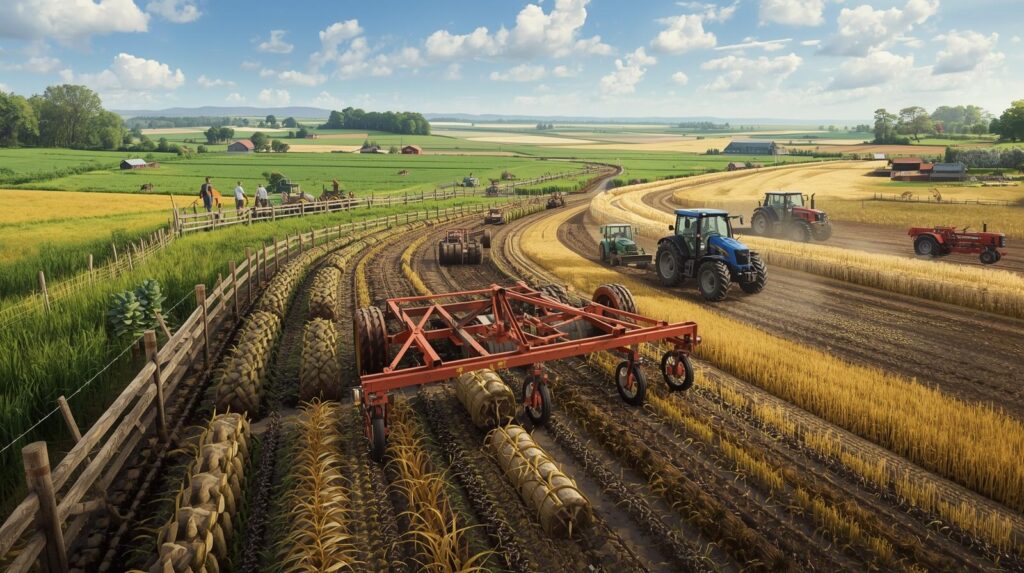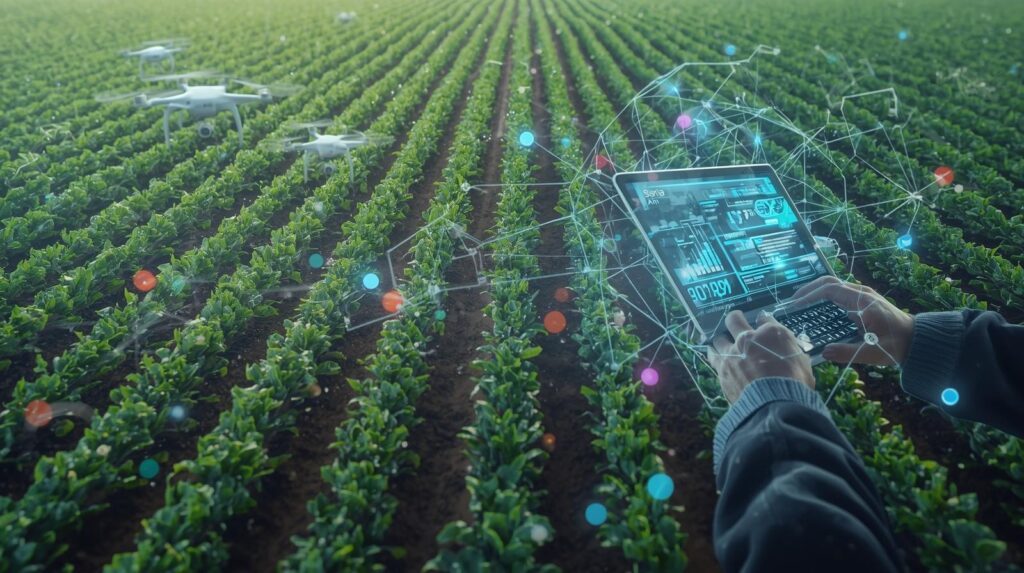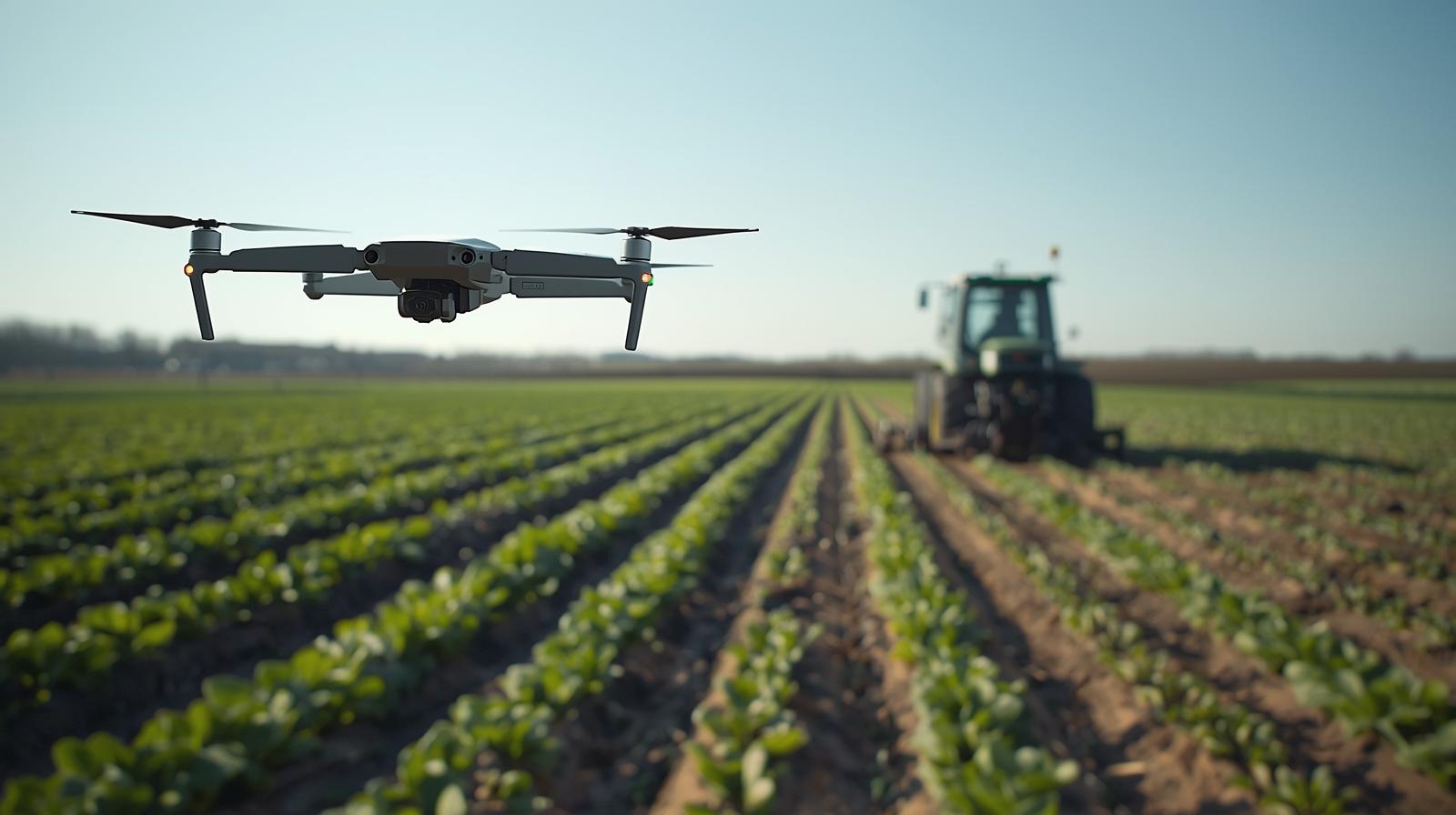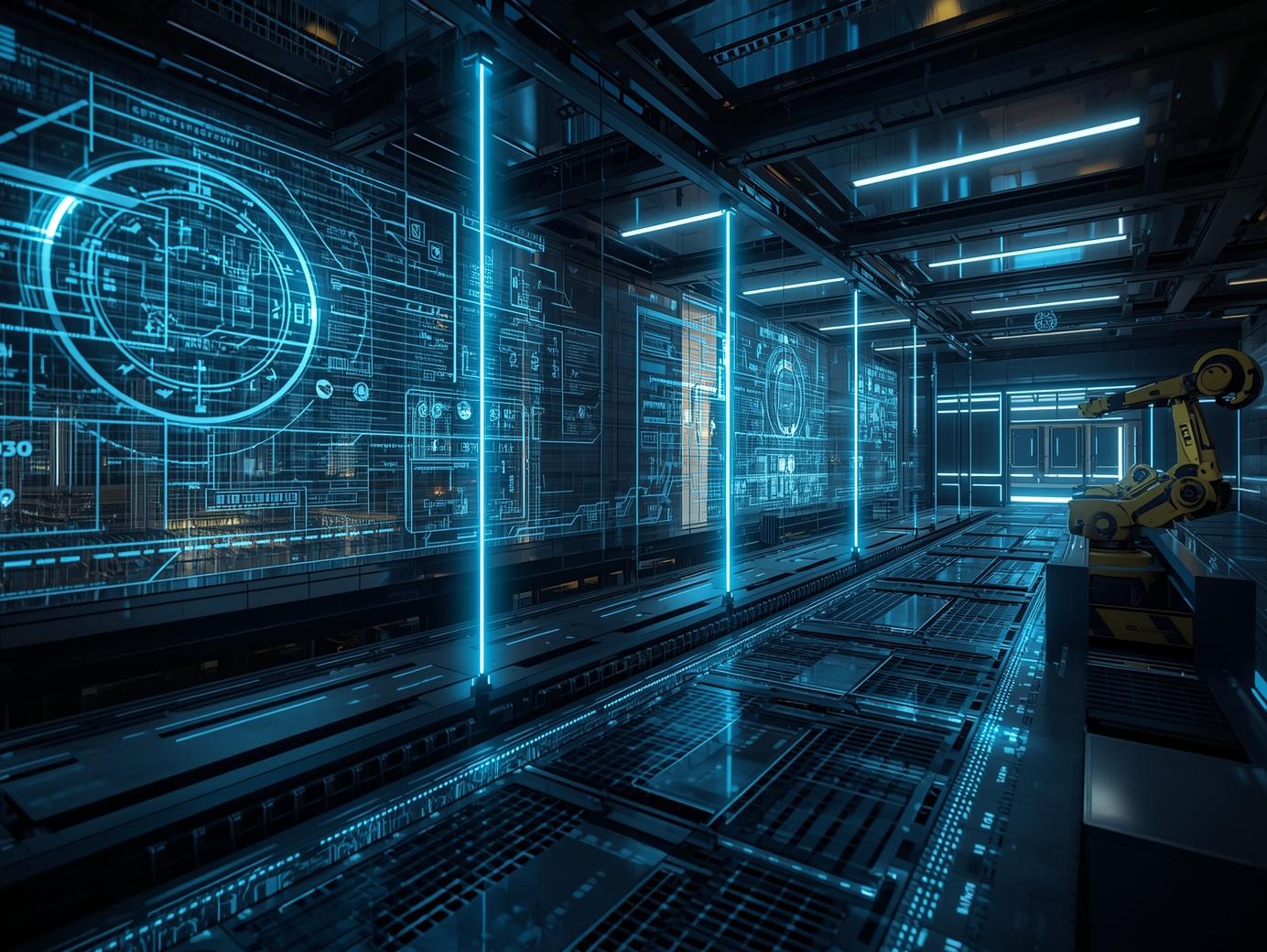Agriculture has always been the foundation of human civilization, but in the modern era, technology has completely reshaped how farming is done. Across the United States and around the world, technological innovations are driving efficiency, sustainability, and productivity in agriculture. Farmers are now able to grow more food with fewer resources, adapt to climate challenges, and ensure a stable food supply for a growing global population.
The Evolution of Agricultural Technology
Traditional farming relied heavily on manual labor, natural weather patterns, and basic tools. Today, the agricultural landscape has changed dramatically due to the integration of advanced technologies such as automation, artificial intelligence (AI), precision farming, and biotechnology. These innovations have made it possible to monitor crops in real time, optimize soil health, and use resources more efficiently.

The United States has been at the forefront of this technological revolution in agriculture. From advanced tractors with GPS systems to drones that survey large fields, technology has given farmers better control over their operations and improved decision-making.
Precision Agriculture: Smart Farming for Better Results
One of the most significant advancements in modern agriculture is precision farming. This approach uses data analysis, sensors, and satellite mapping to ensure every inch of farmland is used effectively. Farmers can now determine the exact amount of water, fertilizer, and pesticides needed for each part of their field. This reduces waste, cuts costs, and increases yields.
Precision agriculture also promotes environmental sustainability. By applying inputs only where necessary, farmers reduce the risk of soil degradation and minimize the impact of chemicals on nearby ecosystems. This balance between productivity and conservation makes precision farming one of the most important developments in sustainable agriculture.
The Role of Drones, Sensors, and IoT in Farming
The use of drones and Internet of Things (IoT) devices has become increasingly popular in agriculture. Drones can capture high-resolution images of crops, monitor plant health, and detect early signs of disease or nutrient deficiency. IoT sensors placed in soil and irrigation systems collect data on temperature, moisture levels, and pH balance, allowing farmers to make real-time adjustments.
These technologies not only improve efficiency but also save valuable time. Farmers no longer have to rely on guesswork or manual observation. Instead, they can use accurate data to make informed decisions that enhance both productivity and profitability.
Artificial Intelligence and Data Analytics in Agriculture
Artificial intelligence and data analytics are transforming how farmers plan and manage their operations. AI algorithms analyze weather patterns, soil conditions, and crop health to predict the best times for planting and harvesting. Machine learning models can identify pest infestations early, enabling timely intervention and reducing crop loss.

Data-driven agriculture also helps in long-term planning. By collecting and analyzing data over multiple growing seasons, farmers can identify trends, improve soil management practices, and adapt to changing environmental conditions. This kind of predictive analysis is essential for ensuring food security in the face of global climate change.
Biotechnology and Sustainable Farming
Biotechnology plays a crucial role in developing crops that are more resistant to pests, diseases, and extreme weather. Genetically improved seeds allow farmers to produce higher yields with fewer chemical inputs, contributing to both food security and environmental sustainability.
In the United States, biotech crops such as corn, soybeans, and cotton have already demonstrated the power of genetic innovation. With the continued advancement of biotechnology, agriculture is becoming more resilient and resource-efficient than ever before.
The Future of Agricultural Technology
The future of agriculture lies in continued innovation and integration of smart technologies. Autonomous tractors, robotic harvesters, and vertical farming systems are becoming more common across American farms. These technologies not only increase productivity but also address labor shortages and make farming more sustainable.

Climate-smart agriculture, driven by renewable energy and data analytics, will shape the future of global food systems. As farmers adopt these technologies, agriculture will become more adaptable, efficient, and environmentally responsible.



